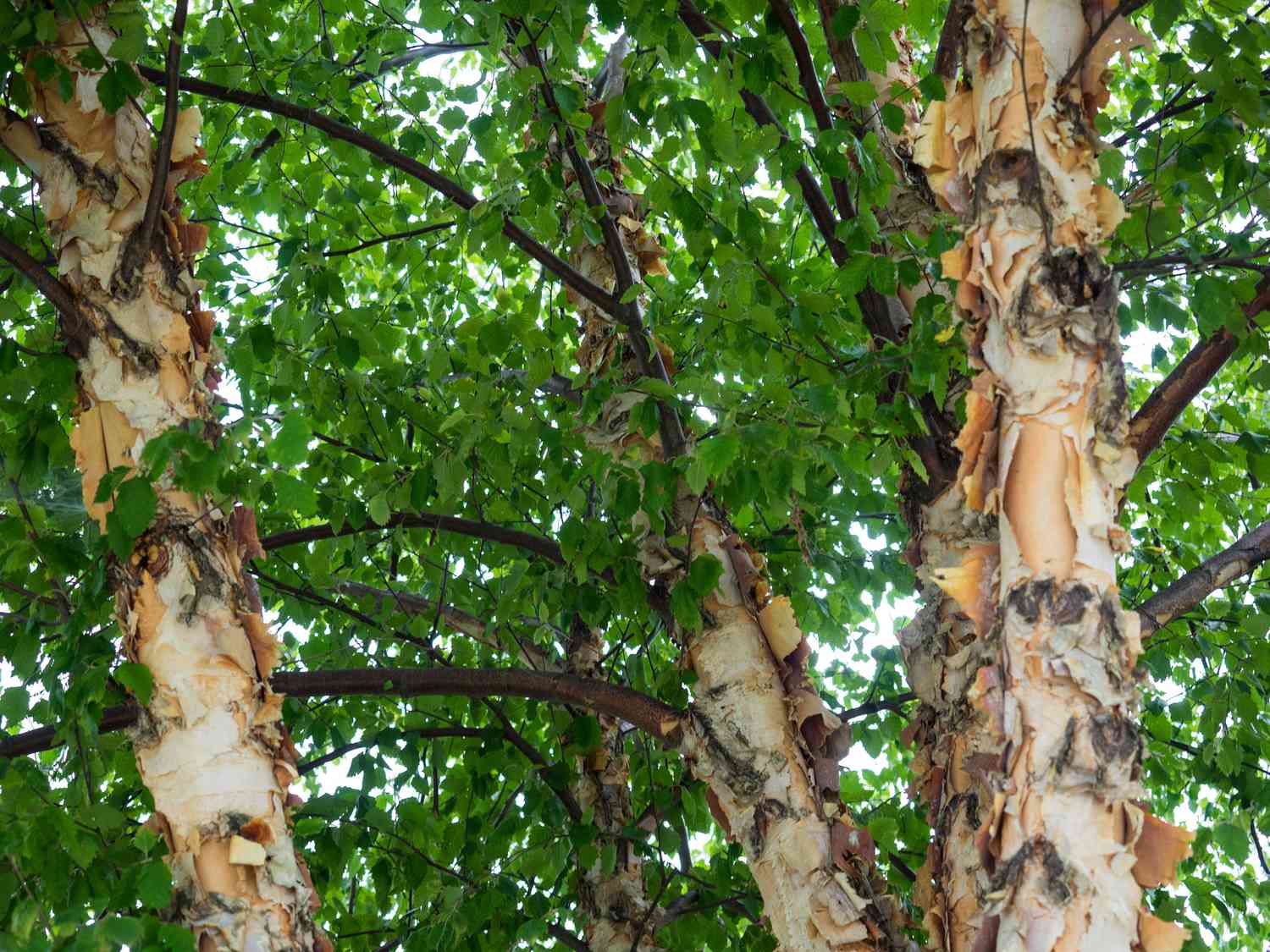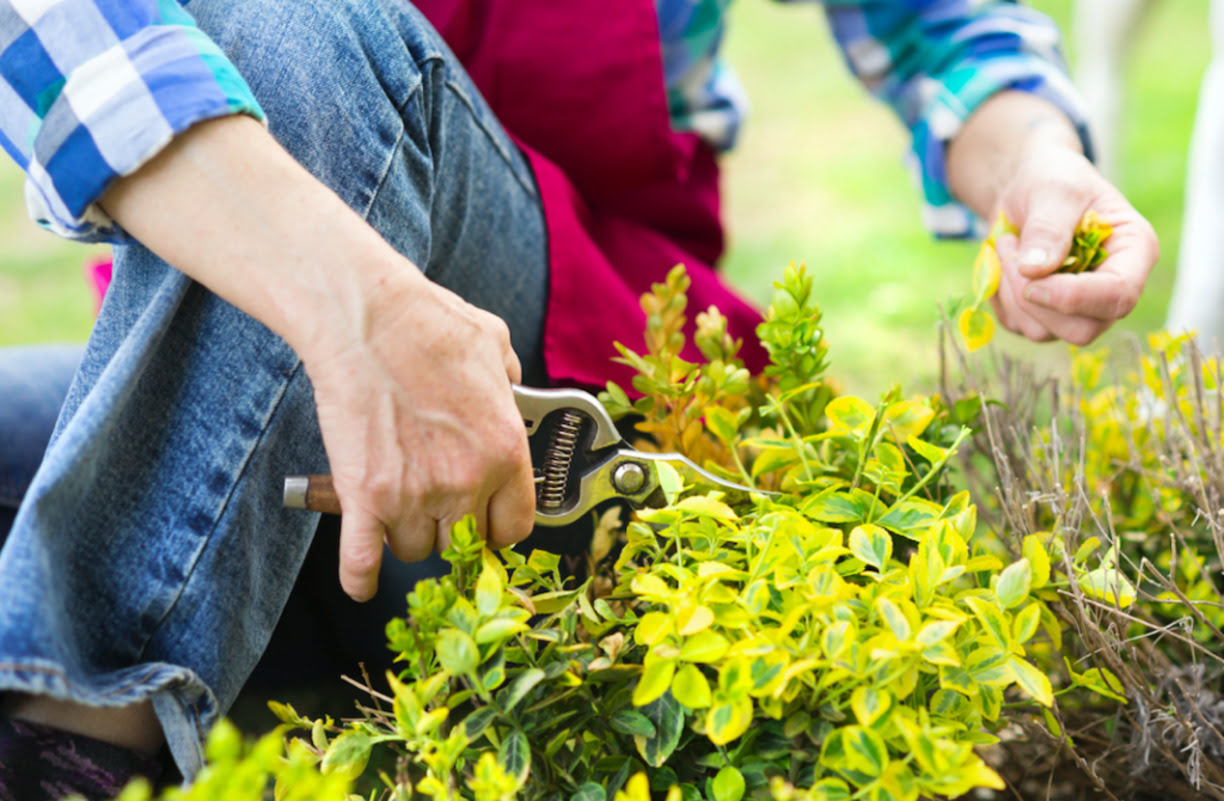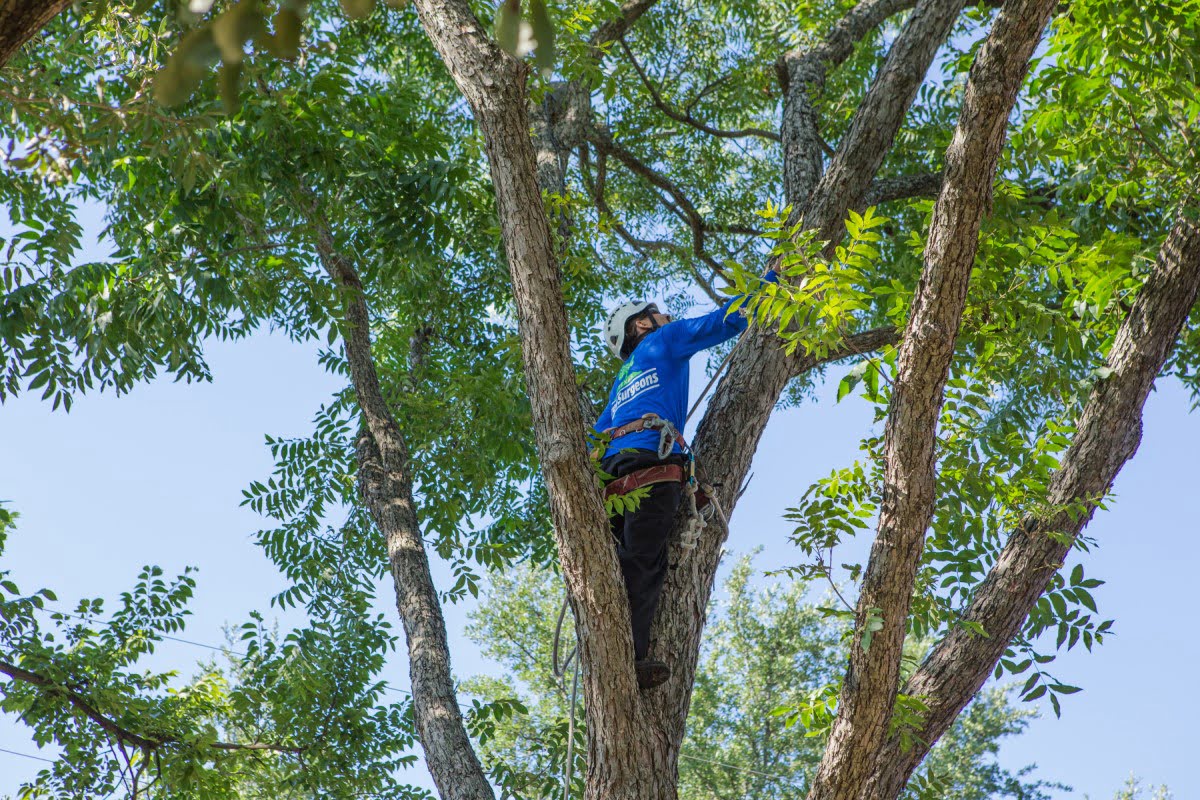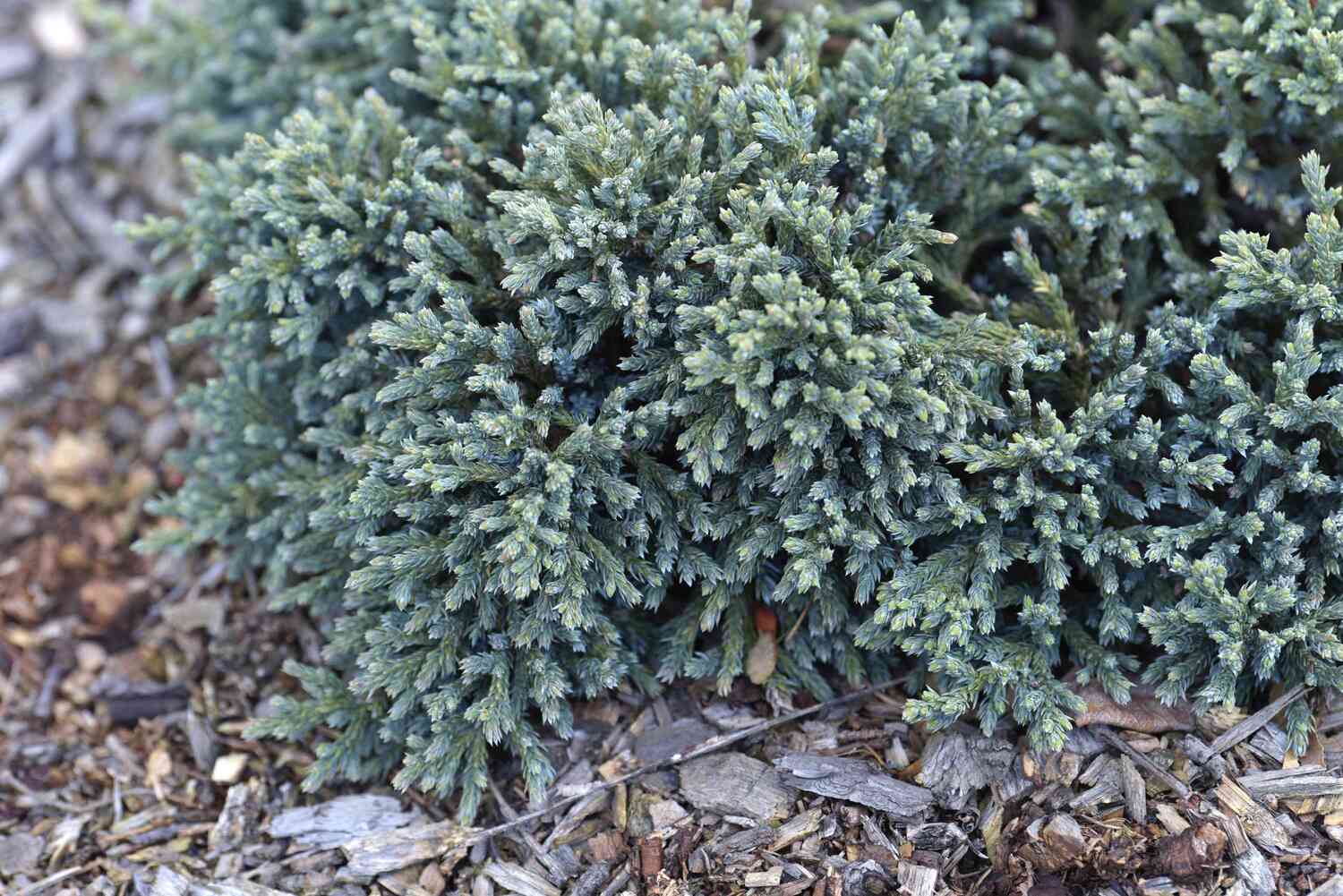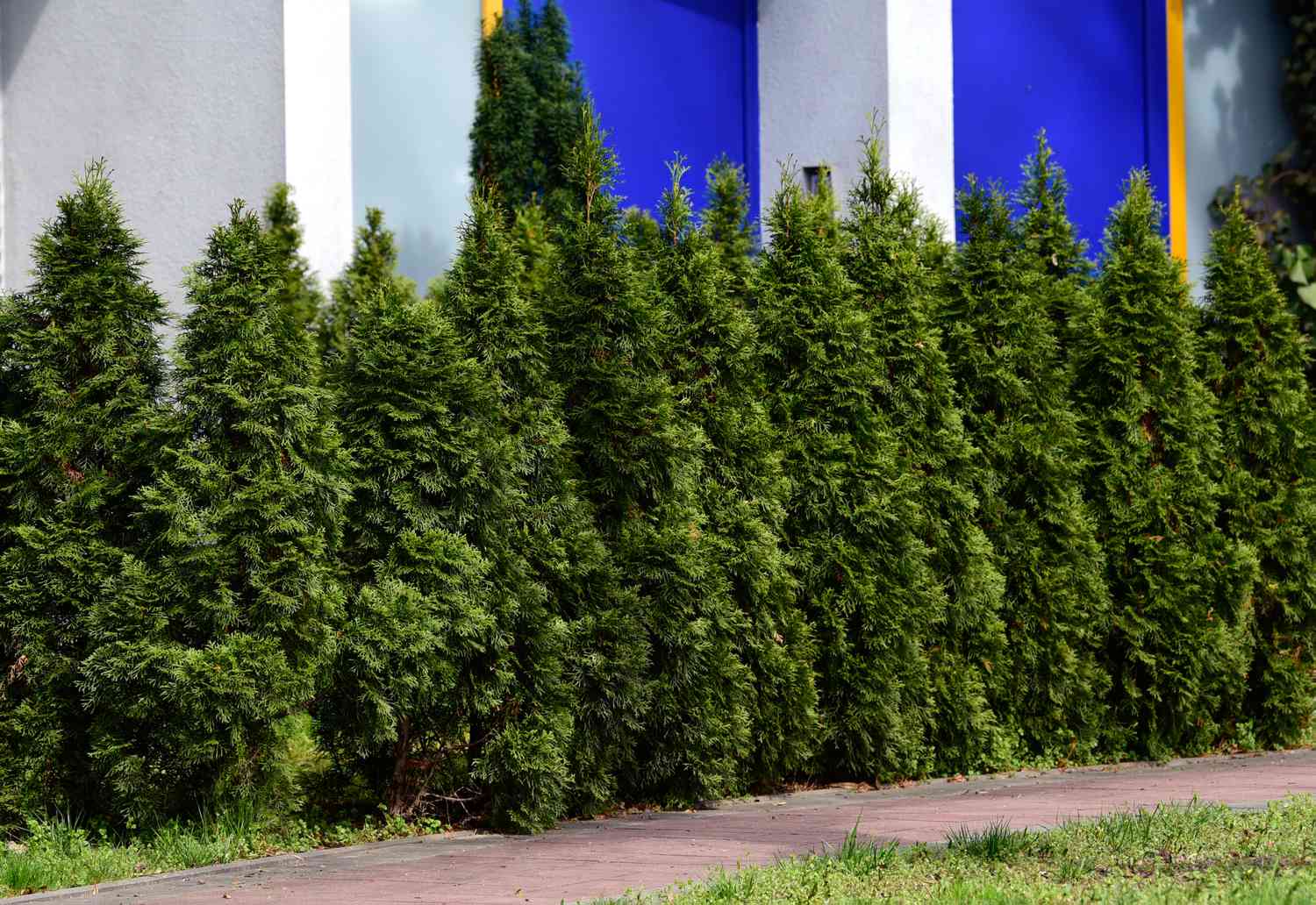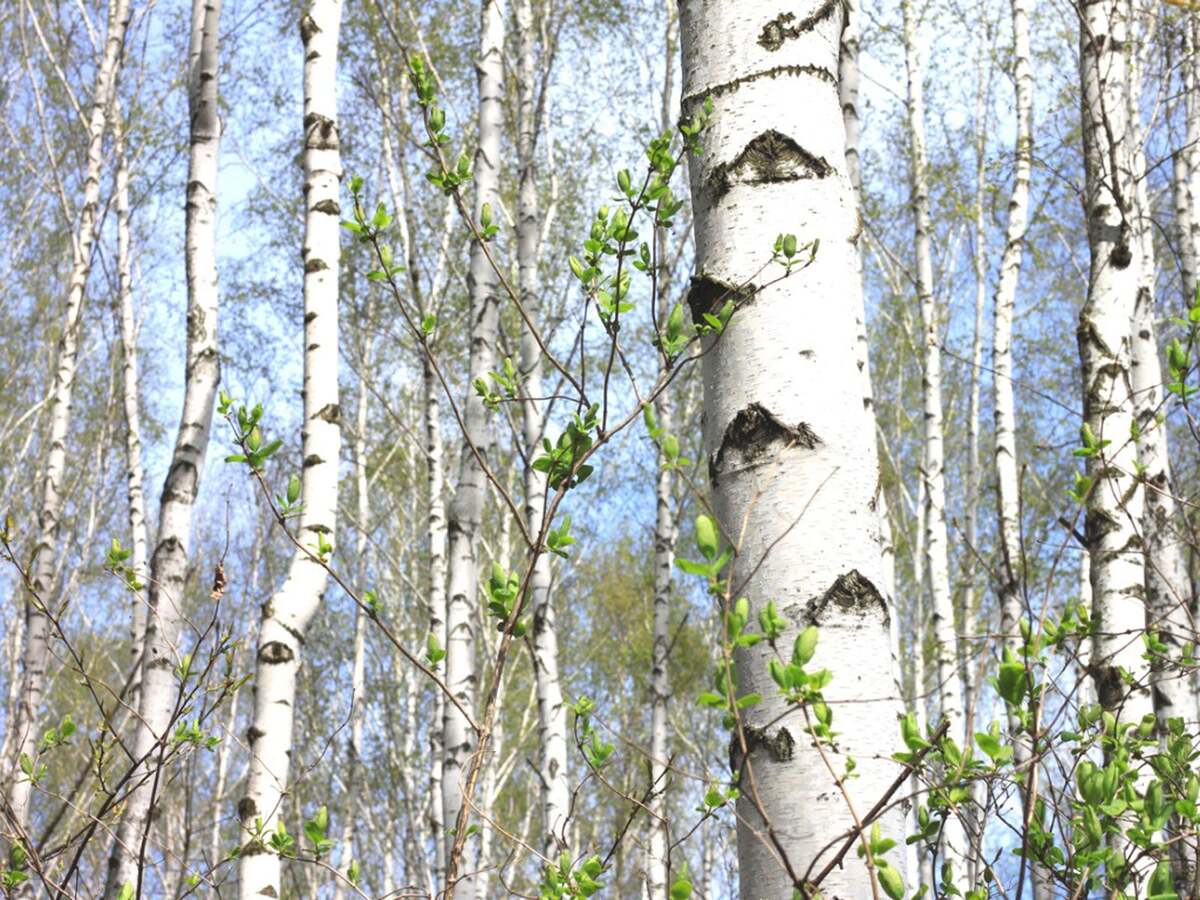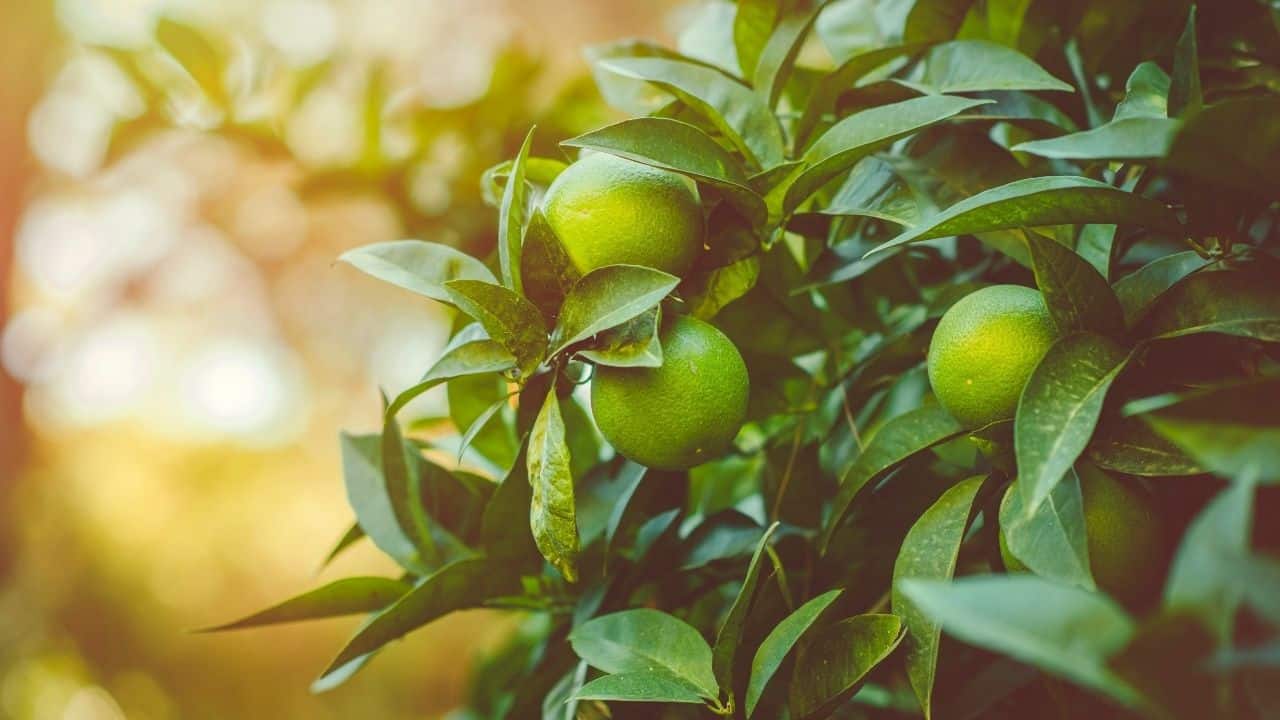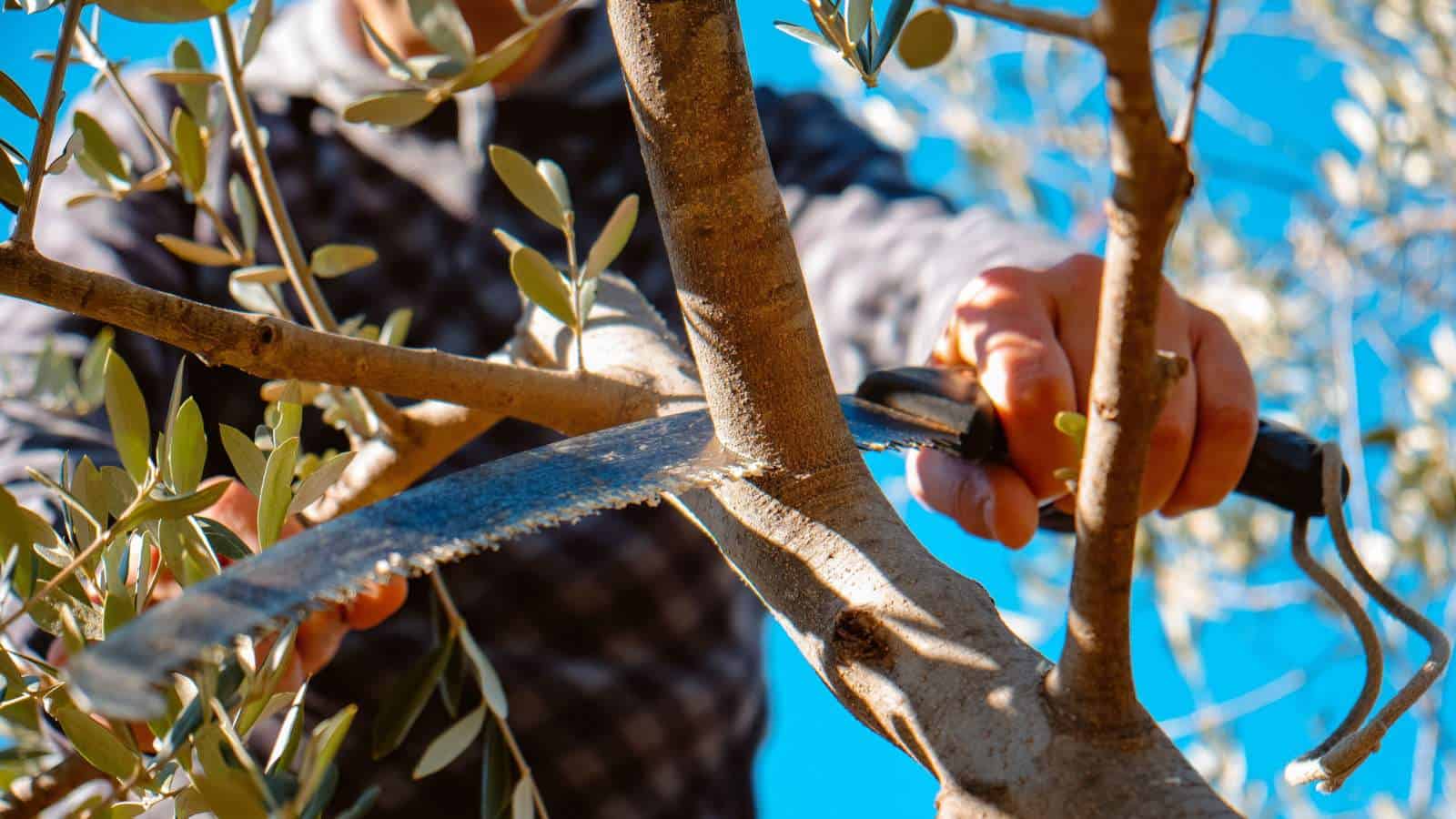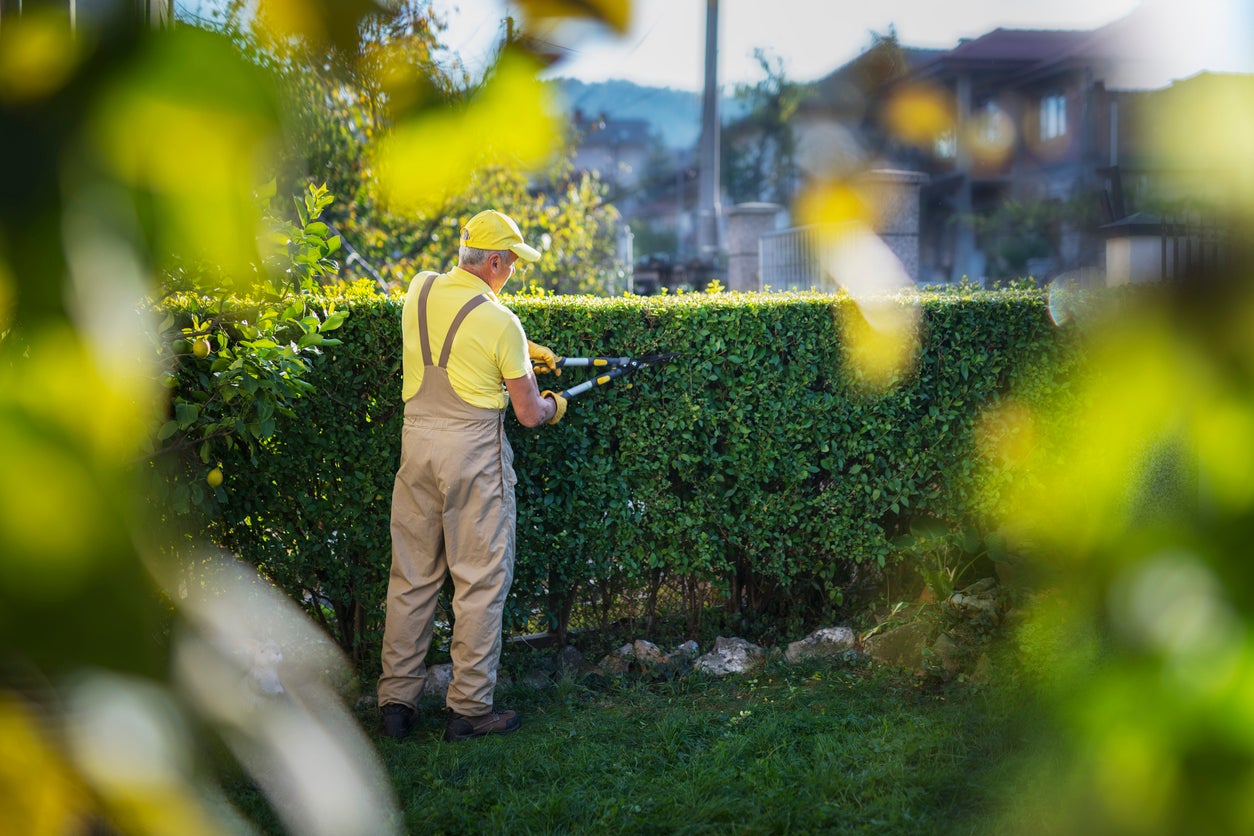Home>Garden Design>Planning Your Garden>When To Trim Birch Trees
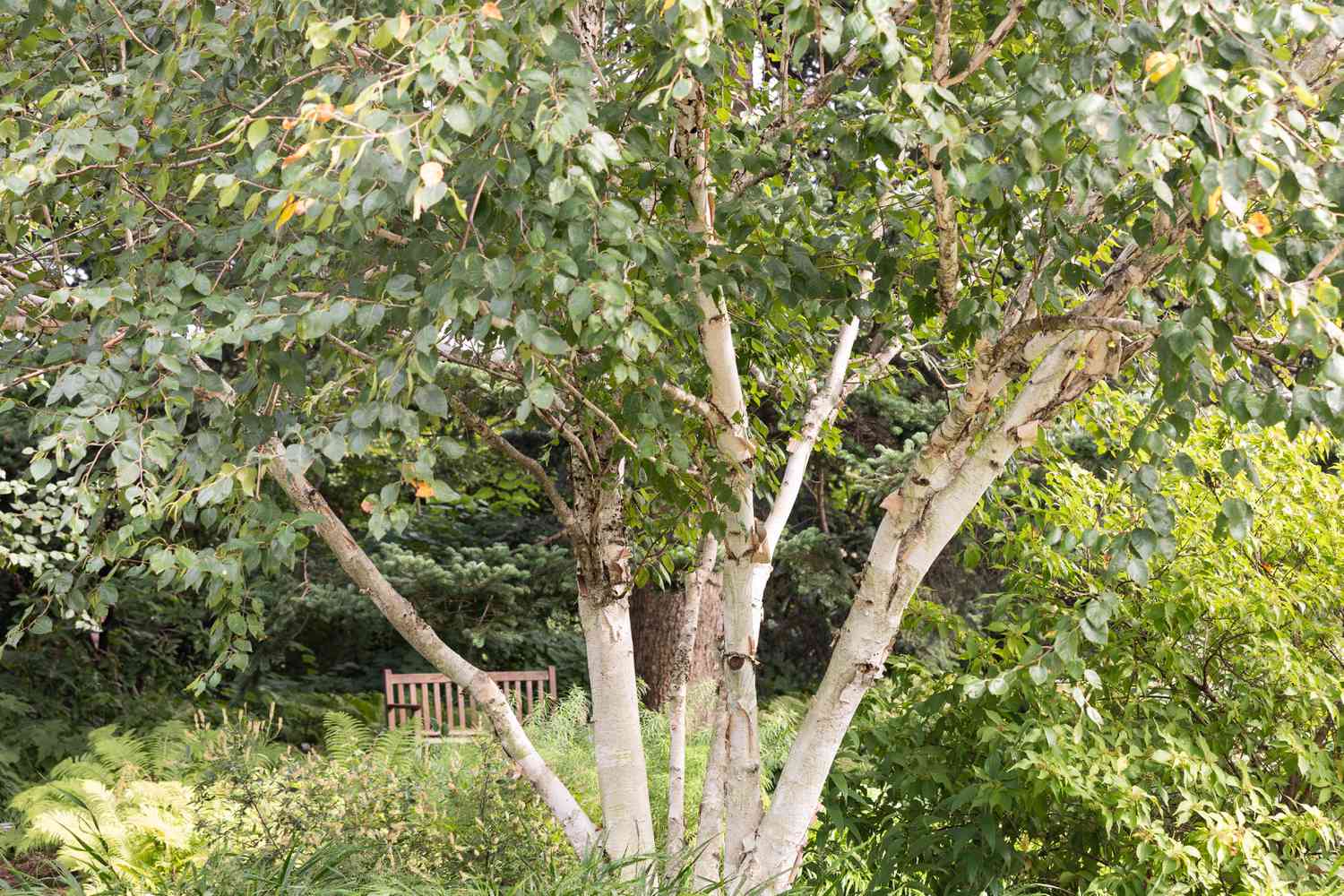

Planning Your Garden
When To Trim Birch Trees
Published: October 25, 2023
Learn the best time to trim birch trees for a healthy and vibrant garden. Get expert tips and advice for planning your garden's maintenance.
(Many of the links in this article redirect to a specific reviewed product. Your purchase of these products through affiliate links helps to generate commission for Chicagolandgardening.com, at no extra cost. Learn more)
Table of Contents
Introduction
Welcome to the wonderful world of gardening! Whether you have a spacious backyard or a cozy balcony, creating a beautiful garden is a fulfilling endeavor that can bring joy and serenity to your daily life. One essential aspect of garden planning is knowing when and how to trim your trees, and in this article, we will focus specifically on birch trees.
Birch trees are known for their graceful elegance and delicate leaves, which can add a touch of charm to any garden. However, like any other tree, birch trees require regular maintenance to ensure their health and vitality. Trimming birch trees is not only important for aesthetic purposes but also essential for promoting proper growth and preventing potential hazards.
In this guide, we will explore the signs that indicate it’s time to trim your birch trees, discuss the best timing for trimming, and provide a step-by-step process for pruning. We will also touch upon the necessary tools you’ll need and offer precautions and safety measures to keep in mind during the trimming process.
By the end of this article, you will have a thorough understanding of when and how to trim your birch trees, allowing you to create a stunning garden that will be the envy of all your neighbors.
Signs it’s Time to Trim Birch Trees
Regularly monitoring the condition of your birch trees is crucial to determine when it’s time to trim them. Trimming at the right time helps maintain the tree’s health and overall appearance. Here are some common signs that indicate it’s time to trim your birch trees:
- Overgrown branches: If you notice branches that are growing too close to your house, obstructing pathways, or interfering with power lines, it’s a clear indication that trimming is necessary. Overgrown branches can pose safety hazards and cause damage if left unattended.
- Dead or diseased branches: Keep an eye out for branches that have no leaves, brittle bark, or fungal growth. These are signs of dead or diseased branches that should be pruned to prevent further spread of disease and protect the overall health of the tree.
- Branches rubbing or crossing: When branches rub against each other, it can cause wounds and create entry points for pests and diseases. Similarly, branches that cross each other can compete for sunlight and nutrients, leading to weakened growth. Trimming these branches will help maintain the tree’s structure and health.
- Thinning canopy: If you observe that the canopy of your birch tree is becoming dense and preventing sunlight from reaching the lower branches, it may be time for thinning. Proper thinning by removing some branches will improve air circulation and allow sunlight to penetrate, promoting healthy growth.
- Storm damage: Following severe storms or strong winds, assess your birch trees for any broken or hanging branches. These damaged branches are not only unsightly but can also pose a risk to people and property. Trimming them promptly will prevent further damage and ensure the safety of your garden.
It’s important to note that birch trees should be pruned during their dormant period, which is typically in late winter or early spring. This is when the tree is least susceptible to disease and experiencing minimal growth. By identifying these signs and timing your pruning accordingly, you can maintain the health and beauty of your birch trees for years to come.
Timing for Trimming Birch Trees
Timing is crucial when it comes to trimming your birch trees. The best time for pruning is during the tree’s dormant period, which occurs in late winter or early spring. This is when the tree is not actively growing and is less susceptible to disease and insect infestations.
Trimming birch trees during the dormant season has several benefits. First, it minimizes the stress on the tree as it undergoes pruning. Birch trees are known to “bleed” heavily when pruned during their active growing season, which can weaken the tree and make it more vulnerable to diseases and pests. That’s why it’s best to avoid trimming during the warmer months when sap flow is at its peak.
Dormant pruning also enables you to have a clearer view of the tree’s structure without the obstruction of leaves. This allows you to make more accurate decisions regarding which branches to remove, leading to a more aesthetically pleasing and balanced appearance.
However, there are exceptions to the general rule of dormant pruning. If you have birch trees that are prone to bronze birch borer (a destructive insect that attacks birch trees), it’s recommended to prune them in late summer or early fall. Pruning during this time disrupts the life cycle of the borer and reduces the chance of infestation.
It’s important to avoid pruning birch trees in late spring or summer since this is when birch borers are most active. Pruning during this time can attract these destructive insects to the fresh cuts, increasing the risk of infestation.
Remember, timing is crucial to ensure the health and vitality of your birch trees. By pruning during the dormant season or timing it strategically for trees prone to borers, you can promote healthy growth, minimize stress on the tree, and protect it from potential pests and diseases.
Tools Needed for Trimming Birch Trees
When it comes to trimming birch trees, having the right tools is essential for a successful and efficient pruning process. Here are some of the key tools you will need:
- Pruning Shears: These handheld shears are ideal for cutting small branches and twigs with precision. Look for pruning shears with a bypass design, as they provide clean cuts and minimize damage to the tree.
- Loppers: Loppers have long handles and are designed to cut thicker branches that pruning shears can’t handle. They are useful for branches with a diameter of up to 2 inches. Look for loppers with a ratchet mechanism or geared cutting action for increased cutting power.
- Pruning Saw: A pruning saw is necessary for cutting larger branches with a diameter of more than 2 inches. Choose a pruning saw with a sharp, sturdy blade that can easily cut through wood without getting stuck.
- Pole Pruner: If you have tall birch trees, a pole pruner will be invaluable. It consists of a long pole with a pruning head at the end, allowing you to reach high branches without the need for a ladder. Look for a pole pruner with a lightweight yet durable design for ease of use.
- Safety Gear: Remember to prioritize your safety while working with trees. Wear safety goggles to protect your eyes from flying debris, and use gloves to shield your hands from sharp branches. Additionally, consider wearing a helmet to protect your head and sturdy boots with good traction to prevent slips or falls.
Before starting your pruning project, make sure all your tools are clean and well-maintained. Dull or damaged tools can make the pruning process more difficult and can potentially harm the tree. Clean and sanitize your tools between uses to prevent the spread of disease.
Investing in high-quality tools will not only make your pruning tasks easier but also ensure that you achieve clean cuts, promoting the tree’s health and aesthetics. With the right tools in hand, you’ll be well-equipped to trim your birch trees effectively.
Steps to Trim Birch Trees
Trimming birch trees may seem like a daunting task, but with the right approach and some guidance, you can achieve beautiful results. Here are the steps to trim your birch trees effectively:
- Assess the tree: Take a close look at the tree to identify any dead or diseased branches, crossing branches, or branches that are obstructing walkways or structures. This assessment will help you determine which branches need to be pruned.
- Plan your cuts: Before making any cuts, visualize how the tree will look after pruning. Aim to maintain its natural shape and remove only the necessary branches. This will help preserve the aesthetic appeal of the tree.
- Start with the 3 D’s: Begin by removing any dead, damaged, or diseased branches. Make clean cuts just outside the branch collar, which is the swollen area where the branch connects to the trunk.
- Remove crossing branches: Identify any branches that are rubbing against each other or crossing in a way that may impede the tree’s growth. Carefully remove one of the crossing branches to alleviate the problem and prevent future damage.
- Thinning cuts: To improve air circulation and allow more sunlight to reach the lower branches, selectively remove some branches within the canopy. Focus on removing branches that are closely spaced or growing in an inward direction.
- Trimming large branches: For branches with a diameter of more than 2 inches, use a pruning saw or loppers. Make an undercut about 12 to 15 inches away from the trunk, then make a top cut slightly farther away to remove the branch. Finally, remove the stub with a clean-cut just outside the branch collar.
- Step back and evaluate: As you trim, regularly step back and evaluate the tree’s overall appearance. Make adjustments as needed to ensure a balanced and aesthetically pleasing result.
Remember to take your time and prune with care. Avoid removing more than one-third of the tree’s live branches, as this can cause stress and negatively impact its health. Ideally, spread the pruning process over multiple seasons to minimize stress on the birch tree.
After completing the trimming process, clean up the area by removing fallen branches and debris. Dispose of the trimmings properly, following local regulations or composting them if suitable.
By following these step-by-step guidelines, you’ll be able to trim your birch trees effectively, maintaining their health and enhancing their beauty for years to come.
Precautions and Safety Measures
When it comes to trimming birch trees, safety should always be your top priority. Follow these precautions and safety measures to ensure a safe and successful pruning process:
- Use proper safety equipment: Wear safety goggles to protect your eyes from flying debris, and use sturdy gloves to shield your hands from sharp branches. Consider wearing a helmet to protect your head, especially when working with larger branches.
- Inspect the tree: Before beginning any trimming, carefully inspect the tree for potential hazards such as loose branches or unstable limbs. If you identify any structural issues, consult a professional arborist for assistance.
- Keep a safe distance: Stay clear of power lines or other hazardous areas while trimming. Ensure that there is ample space around the tree to work comfortably and safely.
- Avoid overreaching: Use a ladder or a pole pruner with a sufficient reach to avoid overreaching and losing balance. Do not stand on the top two rungs of a ladder, as this can be unstable and dangerous.
- Execute proper cutting techniques: Make clean cuts just outside the branch collar using sharp and well-maintained tools. Avoid leaving behind stubs or creating jagged cuts, as these can increase the risk of disease or pest infestation.
- Never prune during storms: It’s important to avoid pruning birch trees during storms or when the weather is inclement. Wet and slippery conditions can increase the risk of accidents or falling branches.
- Seek professional help if needed: If you are uncomfortable or unsure about trimming your birch trees, it’s always best to seek the assistance of a professional arborist. They have the expertise and specialized equipment to safely and effectively prune your trees.
By following these precautions and safety measures, you can minimize the risk of accidents and injuries while trimming your birch trees.
Remember, your safety and the well-being of your trees go hand in hand. Take the necessary precautions, use the right tools, and if in doubt, seek professional help to ensure a successful and safe trimming process.
Conclusion
Trimming your birch trees is a vital aspect of garden maintenance that promotes the health, beauty, and safety of these lovely trees. By understanding the signs that indicate it’s time to trim, the best timing for pruning, the necessary tools, and the proper steps to take, you can confidently embark on this important task.
Regularly assessing your birch trees for overgrown, dead, or crossing branches, as well as thinning the canopy when needed, will help maintain the tree’s structure and beauty. Trimming during the dormant period, or strategically for trees prone to pests, ensures minimal stress on the tree and reduces the risk of disease or insect infestation.
Remember to invest in high-quality tools and prioritize safety by wearing proper protective gear. Take the time to plan your cuts, evaluate the tree’s appearance as you go, and clean up after the trimming process is complete.
Should you feel unsure or overwhelmed, don’t hesitate to seek assistance from a professional arborist who can provide expert guidance and ensure the well-being of your birch trees.
Taking the time to trim your birch trees with care and consideration will reward you with a healthy, visually appealing garden for years to come. So go ahead, grab your tools, and embark on the journey of transforming your birch trees into stunning additions to your garden landscape.
